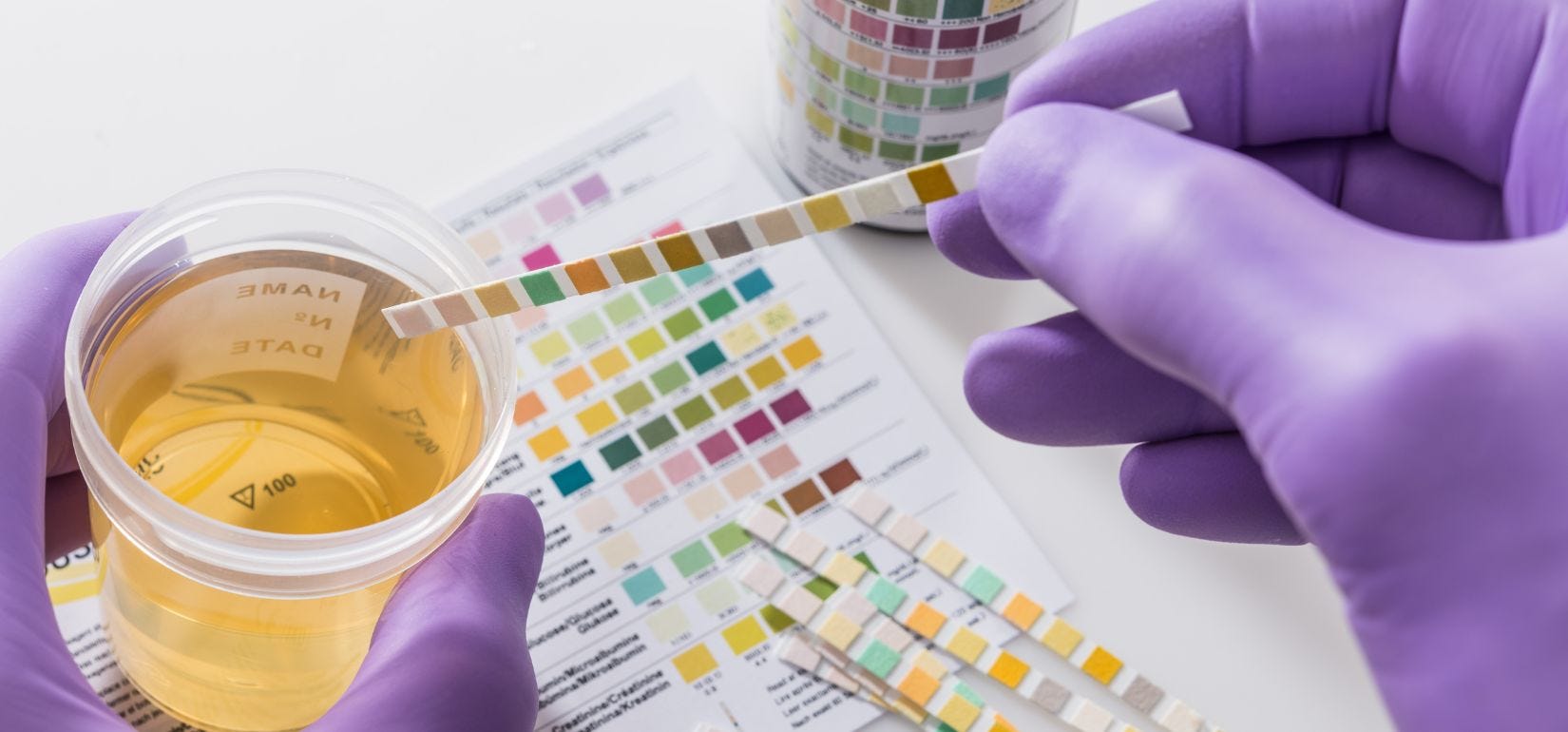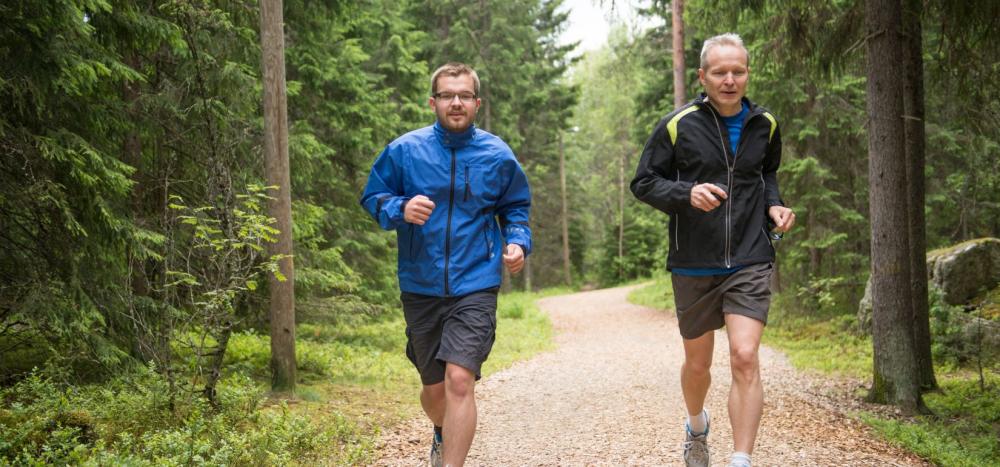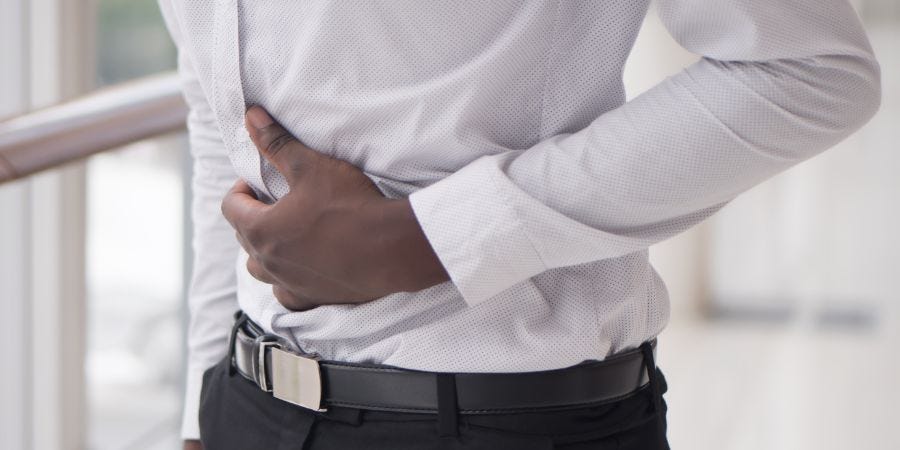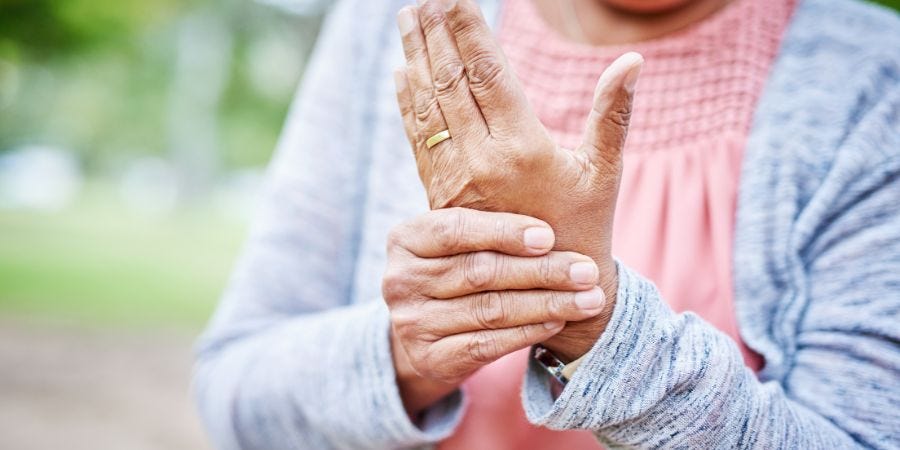Studies have already shown that contracting Covid-19 can increase incontinence symptoms even after recovery, but we’re now discovering that the pandemic lifestyle itself is increasing incontinence levels in adults.
Aeroflow Urology conducted a survey asking people about how the pandemic affected their incontinence. The results were significant; Almost half of the respondents said their trips to the bathroom have increased, and so has the urge to urinate since the start of Covid-19.
But just how did Covid-19 and the pandemic lifestyle have this effect on our bodies and urinary systems? Read this post to find out.
What Is Incontinence?
Your body is made with the ability to hold and release urine and fecal matter, also known as continence.
When your bladder is stretched when it fills with urine, your bladder walls send signals to your brain, telling it that it’s almost full.
The brain then sends signals back to the bladder, causing it to contract, which is the urge you get when you need to pee. This urge occurs in a timely manner (usually before your bladder is overflowing), which allows you to hold your urine and make it to the bathroom in time to pee.
Urinary incontinence is defined as a loss of bladder control and usually leads to bladder leakage.
Check Your Eligibility
2 Easy Steps
Discover the continence care essentials available through your Medicaid plan.
While it isn’t discussed very openly, urinary incontinence is prevalent in the United States; According to the Urology Care Foundation, a quarter to a third of men and women have incontinence. In addition, the Cleveland Clinic estimates that 1 in 10 children have urinary incontinence.
The loss of bladder control can be due to a myriad of things, including:
- Weakened or damaged pelvic floor muscles.
- Menopause, menstruation, pregnancy, or childbirth.
- Obesity
- Aging
- Constipation
- Nerve damage.
- Surgeries
- Medications
- Bladder irritants, such as foods, drinks, and smoking.
- Urinary tract infections (UTIs) or other urinary system infections.
There are also different types of urinary incontinence you can experience.
Stress Incontinence (SI): Leaking urine when you laugh, sneeze, cough, exercise, or lift heavy objects.
Nocturia: Bedwetting or urinating during the night.
Overactive Bladder (OAB): Feeling the need to urinate frequently and more often than usual.
Urge Incontinence: Feeling a sudden and intense urge to urinate and voiding more frequently than usual.
Overflow Incontinence: Dribbling or leaking urine due to the inability to empty your bladder completely.
Mixed Incontinence: Experiencing the symptoms of one or more types of incontinence.
The Survey
Aeroflow Urology recently surveyed 2,501 people working remotely about their continence during the ongoing coronavirus pandemic. The results were eye-opening; One portion found that over half of respondents are now emptying their bladders more than 6 times in 24 hours— enough times to constitute incontinence.
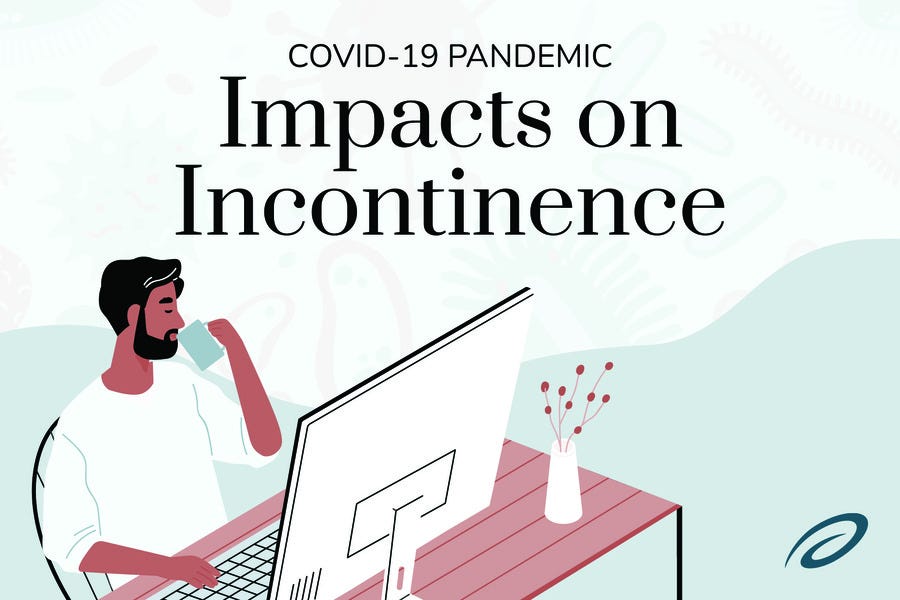

The Results
With almost half of survey participants noting an increase in the urge to go to the bathroom and more frequent urination, it’s clear that the pandemic lifestyle had a surprising impact on urinary health.
Key Findings
- 25% of respondents said they’ve altered their schedules to urinate more often.
- 22% of the 617 respondents who had Covid-19 reported more frequent urges to urinate.
- 43% reported experiencing an increase in an urge to void their bladder in the last year and increased trips to the bathroom.
- Around 14% said they urinate more than 7 times in 24 hours.
- 74% reported sitting for more extended periods since the pandemic's start.
- 40% of respondents said they sit for over 7 hours per day.
- 41% said they exercise less compared to before the pandemic.
- 43% reported decreased physical activity and an increase in trips to the bathroom.
How Can a Pandemic Cause Incontinence?
The remote work environment, the lack of physical activity, Covid-19 symptoms, and increased mental health issues may be behind the rise of incontinence symptoms during the Covid-19 pandemic.
Remote Work Environment
A sedentary work environment has a direct correlation with pelvic floor muscle atrophy. This is primarily due to posture while sitting.
Sitting will cause pelvic floor muscles to weaken, leading to urinary incontinence, pelvic organ prolapse, or fecal incontinence.
Your posture also dictates the strength of your stability and muscles, and it also determines how much strain we place on our pelvic floor. For example, when you sit hunched over or to one side, it tilts your pelvic floor forward and puts downward pressure on the pelvic area.

When your pelvic floor muscles are strained, it can lead to an increase in problematic urinary symptoms.
Decreased Physical Activity
During Covid-19 shutdowns, activity levels dropped significantly; In just the first 30 days of the pandemic, there was over a 25% drop in the average step count of people worldwide.
Many studies have shown that exercise, whether done at home or work, helps decrease incontinence symptoms, and some workouts can directly impact your pelvic floor muscles.
Physical activity has also been shown to improve your mental health and can decrease anxiety and depression.
Symptoms of COVID-19
Studies that emerged during the pandemic showed that Covid-19 patients were experiencing an increase or onset of overactive bladder (OAB) symptoms. In addition, even after recovering from the coronavirus disease, some people continued to experience incontinence symptoms such as the urge to urinate and voiding their bladders more frequently.
Mental Health Issues
Mental health issues, such as stress, PTSD, anxiety, and depression, have been linked to incontinence symptoms in some people, and according to the World Health Organization (WHO), depression and anxiety rates increased by 25% during Covid-19.
Stress, anxiety, and PTSD can sometimes put the body in fight-or-flight mode, and when this happens, adrenaline levels increase. Higher adrenaline levels in the body cause your heart rate to increase, which raises the rate at which your kidneys filter waste, filling the bladder with urine more quickly. This can result in feeling like you need to void your bladder more frequently and an increase in urination.
Depression contributes to an increase in incontinence symptoms by altering the serotonin pathways that affect your bladder. One study, which included 115 incontinence patients, showed that 30% had a history of depression.
How to Know If You Have Incontinence
Urinary incontinence comes with a variety of symptoms. You may have incontinence if...
- You use toilet paper to dry dribbles.
- You leak urine when you sneeze, laugh, exercise, or lift heavy objects.
- You pee more than 8 times a day.
- You wake up multiple times during the night to use the restroom.
Preventing Incontinence Symptoms During the Pandemic
You can make specific lifestyle changes to prevent urinary incontinence symptoms from increasing during Covid-19, even if you’re one of the many working from home. Use the following tips to keep your bladder healthy.
Dietary Changes
One of the best things you can do to prevent or ease urinary incontinence symptoms during the pandemic is to change your diet.
Incorporating foods that support bladder health and cutting out foods that irritate it can improve symptoms over time. Healthy eating can also support your body in recovery if you contract Covid.
Along with eating nutritious foods that will nourish your body and make your bladder happy, you should stay hydrated. Women should aim for around 11 cups of water per day, and men should aim for about 15.
Incontinence Products
Incontinence products, such as adult briefs, bladder control pads, or adult pull-ons, can help you stay dry and comfortable, even while working.
Aeroflow Urology offers free incontinence supplies through Medicaid and some private insurance plans, and all you need to do to see if you qualify is fill out our short form.
If you are eligible, one of our Continence Care Specialists will reach out to you and help you get a prescription from your doctor and answer any questions you have.
We’ll send you product samples and ship them to your house in discreet packaging.
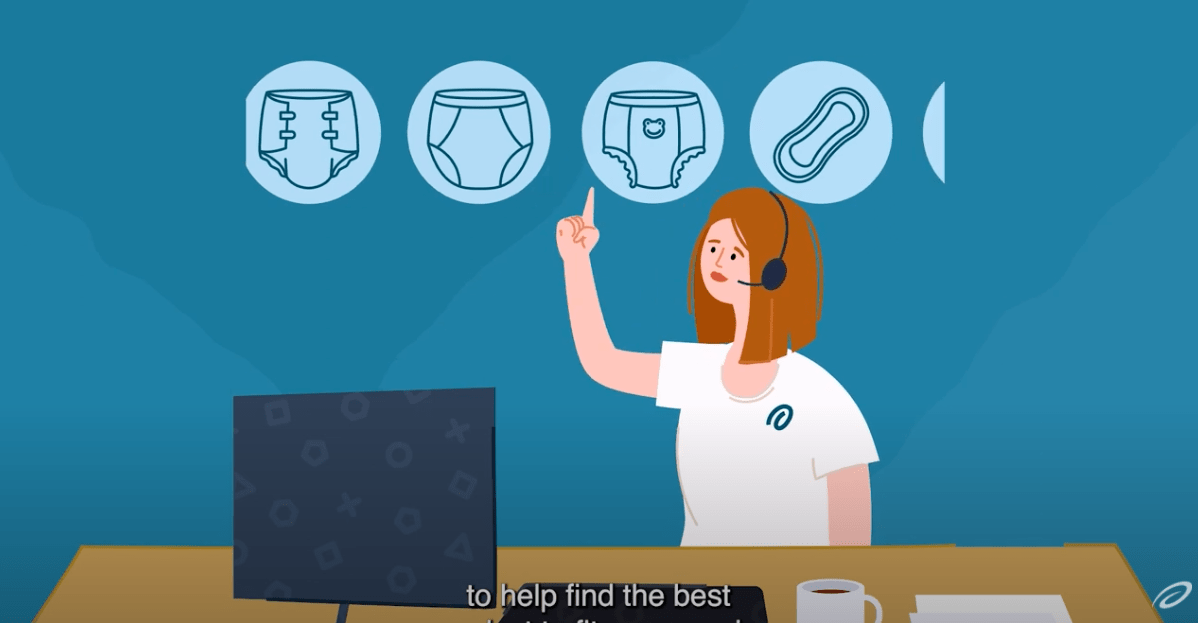
Physical Activity
Physical activity, like exercises and stretches, can help you improve incontinence symptoms and keep your urinary system healthy before incontinence starts.
It’s recommended that you stand up to stretch every 30-45 minutes while working. Take a walk, have a dance break, or do simple stretches.
You should exercise for about 45-60 minutes every day outside of work. This can be a walk, a swim, a jog, or some type of dance or HIIT class.
Bladder Training
Bladder training can be done at home and is a great way to help you manage incontinence. It can help you hold your urine for longer periods and decrease your urge to urinate.
You can start bladder training by holding your urine for 5 minutes when you feel the need to void your bladder. From there, you can increase your time by 5 minutes every time. Eventually, your bladder may be able to hold in urine for longer than before.
Work Changes
There are a couple of things you can do to lessen the damage put on your pelvic floor while you work:
- Try using an exercise ball or an ergonomic chair.
- Use a standing desk instead of sitting in a chair while working.
- Take timed breaks to stand up and move around.
- Sit with tall posture with your shoulders rolled back to help take pressure off of your pelvic floor.
How your body senses the urge to urinate. (2020, October 26). National Institutes of Health (NIH). https://www.nih.gov/news-events/nih-research-matters/how-your-body-senses-urge-urinate
Incontinence: Symptoms & Treatment - Urology Care Foundation. (n.d.). Www.urologyhealth.org. Retrieved May 16, 2022, from https://www.urologyhealth.org/urology-a-z/u/urinary-incontinence#:~:text=A%20quarter%20to%20a%20third
Maier, S. (2020, July 1). Physical Activity Dropped Worldwide During COVID-19, Raising Concerns for Health. Physical Activity Dropped Worldwide during COVID-19, Raising Concerns for Health | UC San Francisco. https://www.ucsf.edu/news/2020/07/417951/physical-activity-dropped-worldwide-during-covid-19-raising-concerns-health
COVID-19 pandemic triggers 25% increase in prevalence of anxiety and depression worldwide. (2022, March 2). Www.who.int. https://www.who.int/news/item/02-03-2022-covid-19-pandemic-triggers-25-increase-in-prevalence-of-anxiety-and-depression-worldwide#:~:text=In%20the%20first%20year%20of
ZORN, B. H., MONTGOMERY, H., PIEPER, K., GRAY, M., & STEERS, W. D. (1999). URINARY INCONTINENCE AND DEPRESSION. Journal of Urology, 162(1), 82–84.https://doi.org/10.1097/00005392-199907000-00020
Information provided on the Aeroflow Urology blog is not intended as a substitute for medical advice or care from a healthcare professional. Aeroflow recommends consulting your healthcare provider if you are experiencing medical issues relating to incontinence.




